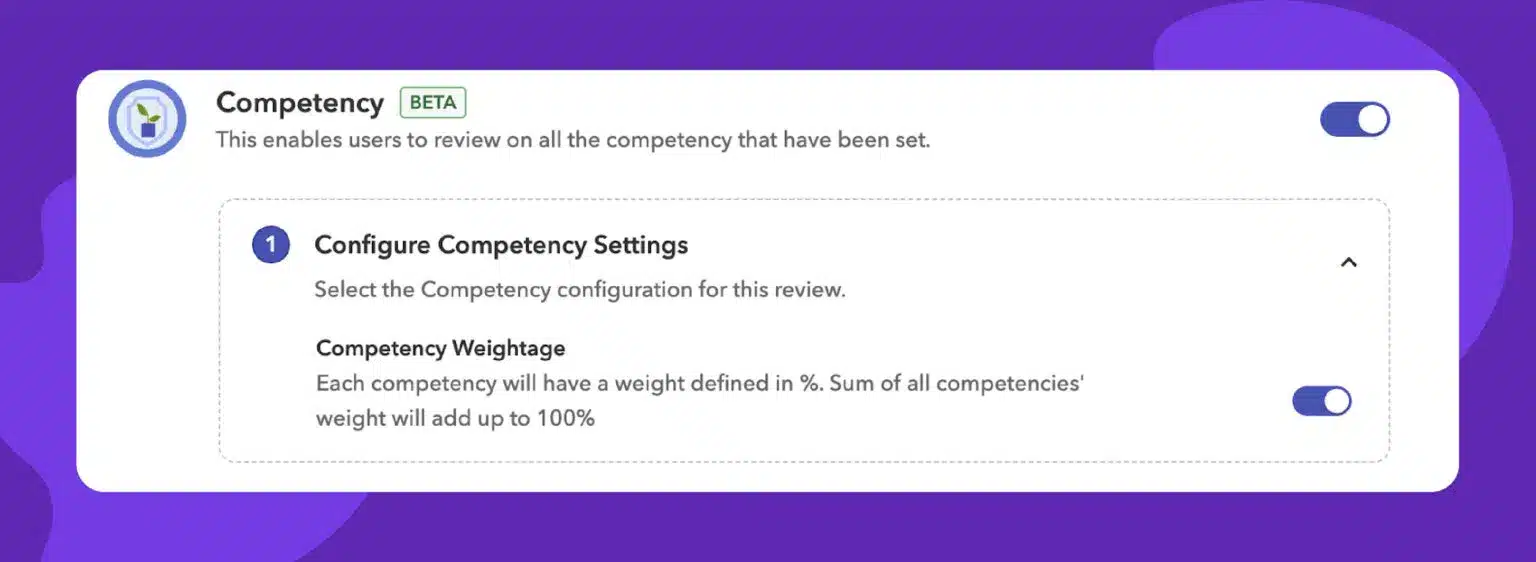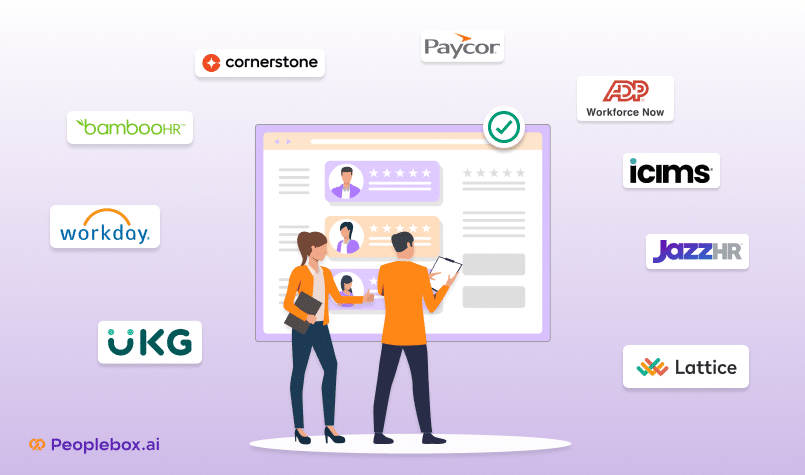Effective leadership is crucial for any organization to thrive. It involves not only guiding and motivating team members but also fostering a culture of collaboration, innovation, and continuous improvement.
To achieve this, leaders must possess a range of skills, from strategic thinking to emotional intelligence. However, identifying and developing these skills can be a daunting task, especially in today’s dynamic business environment. That’s where 360 leadership assessments come in – a powerful tool that provides a comprehensive view of a leader’s strengths and weaknesses by gathering feedback from multiple sources.
In this blog post, we’ll explore the benefits and best practices of using 360-degree leadership assessments to help leaders grow and organizations succeed.

What is the Primary Purpose of 360 Leadership Assessments?
Though the primary purpose of a leadership assessment is to help your leadership team get better, there are several other outcomes that these assessments aim to achieve.

Self-Awareness: 360 degree assessments help leaders understand their strengths, weaknesses, and areas for improvement, enabling them to develop a more accurate self-image and make informed decisions about their growth and development.
Developmental Insights: By providing feedback from multiple sources, these assessments offer a comprehensive view of a leader’s performance, highlighting both their positive attributes and areas where they need to improve.
Improved Communication: The process of gathering and sharing feedback fosters open communication, encouraging leaders to listen actively and respond constructively to the input they receive.
Enhanced Decision-Making: With a deeper understanding of their own strengths and weaknesses, leaders can make more informed decisions about their roles, responsibilities, and the strategies they employ to achieve their goals.
Increased Accountability: By involving multiple stakeholders in the assessment process, leaders are held accountable for their actions and outcomes, promoting a culture of responsibility and continuous improvement.
Better Talent Management: 360 degree assessments can inform succession planning, leadership development programs, and other talent management initiatives, ensuring that the right leaders are in the right roles and equipped to drive organizational success.
By achieving these objectives, 360 degree leadership assessments empower leaders to grow, adapt, and thrive in an ever-changing business environment, ultimately driving organizational performance and success.
How to Conduct a 360 Leadership Assessment?
Here’s how you can build and conduct a 360-degree leadership assessment that gives you a complete view of your leader’s performance.
Define Your Goals and Competencies
- Set clear objectives: Be clear about what you want to achieve through this evaluation. Do you wish to identify areas for development among individual leaders, take stock of overall leadership effectiveness in a team, or gain insights that will shape your future leadership development programs? Knowing the “why” will keep you on track throughout the process.
- Identify relevant competencies: Next, determine the core leadership competencies for success at your organization. These could include communication skills, strategic thinking, or even effective delegation abilities, as long as they are aligned with how what your company deems important when it comes to leading others.
For example, a new start-up could identify a leader’s ability to inspire others to think for themselves as a core competency, while an established company could view the ability to clearly instruct and delegate as a core competency.
Peoplebox’s performance management platform helps you assess and develop various skills and behaviors so you gain a holistic view of what to work on with different leaders.

Select Participants and Raters
- Who gets assessed: Decide who you want to evaluate, e.g., top executives, managers, or rising stars. Consider those that have high potential within their roles but may not currently hold an official title.
- Choosing the right raters: Choose a diverse group of raters so each participant receives feedback from multiple perspectives. This might involve inviting peers, direct reports, and supervisors. Also, consider including people who interact very closely with the leader as well as people who don’t work very closely with them but have a broader understanding of their impact.
With Peoplebox, you can choose from four main reviewer roles and add custom roles tailored specifically to your organization’s needs.

Design & Administer Assessment
- Questionnaire development: Choose a reliable and validated 360 degree assessment tool or develop your own questionnaire based on the defined competencies. Ensure the questions are clear, concise, and aligned with your goals. Consider using a mix of rating scales and open-ended questions to gather both quantitative and qualitative data.
- Maintaining confidentiality: To encourage honest feedback, ensure complete anonymity for raters. Communicate clearly that individual responses will not be shared directly with the leader being assessed.
Collect & Analyze Data
- Gathering feedback: Use a secure online platform like Peoplebox to gather 360-degree feedback from raters— this saves time and resources for everyone involved.
- Data analysis: Once you’ve got the data, examine it deeply to identify trends, strengths, and areas where a person can improve. Pay special attention to any significant variance between self-rating by a given leader and how others have rated them. Prepare detailed reports for every leader to foster self-awareness and propel growth.
Feedback & Development Planning
- Individual feedback sessions: Arrange meetings with each assessed leader to help them make sense of what was discovered during the feedback process, draw out key lessons and create action plans that address identified gaps in skills and knowledge. Keep OKR objectives in mind when creating these plans and setting goals.
- Leadership development programs: Utilize the insights from the assessment to design or refine leadership skills development programs that target specific competencies. Tailor training, coaching, and mentoring initiatives to address common development areas identified across the leadership team.
- Continuous improvement: Regularly review and refine your 360 degree leadership assessment process to ensure its effectiveness. Seek feedback from participants and raters to identify areas for improvement and make necessary adjustments.
By doing these things and utilizing leadership assessment tools like Peoplebox, you can conduct a complete and meaningful 360-degree leadership evaluation.
FREE 360 Leadership Assessment Questionnaire
To help you with your 360 degree leadership assessment, we’ve put together a downloadable question bank for you. These questions are divided into four sections which include self, peer, manager and subordinates rating categories. You can customize these questions according to specific leadership competencies based on your organization’s needs.
Use this questionnaire as a starting point, and you’ll be well on your way to conducting a comprehensive and insightful 360 degree leadership assessment. Remember to adapt the questions to fit your unique context and leadership development objectives.

Peoplebox — the Best Tool to Assess and Build Efficient Leadership
The importance of a good leadership team in achieving business goals can never be overemphasized. But how can you tell that your leaders are performing at their best potential? This is where Peoplebox comes in as the ultimate solution for evaluating and developing efficient leadership.
Peoplebox is an all-in-one tool that helps businesses assess their employees through 360 degree reviews. It collects feedback from various sources to give a full view of each employee’s strengths, weaknesses, and impact. It integrates with tools like Slack and Google Sheets, so updates and feedback happen in real time.
With Peoplebox, companies can spot leadership strengths, identify growth opportunities, and make informed decisions to boost effectiveness. It’s customizable, so businesses can tailor it to their needs, focusing on specific skills, company values, or timelines.
Would you like an entirely new experience when assessing leaders’ performances? Get in touch with us today!







